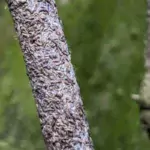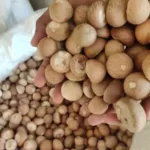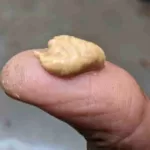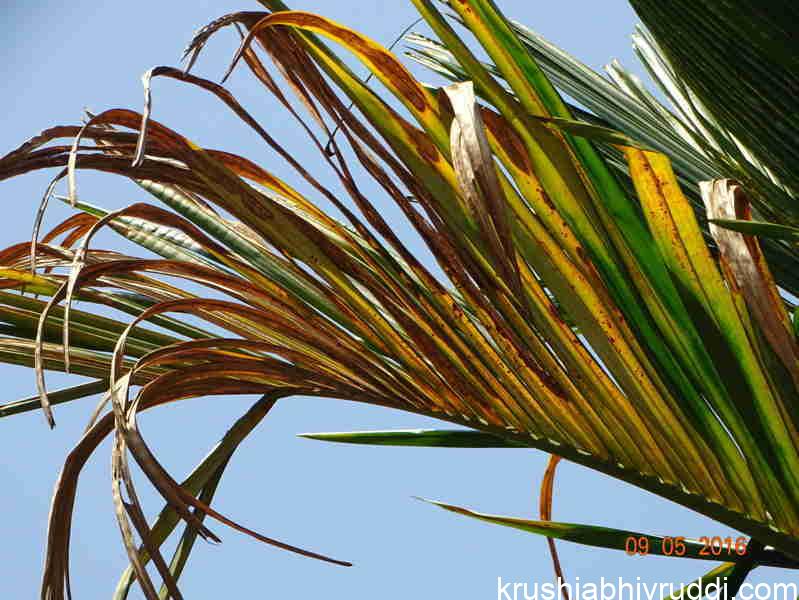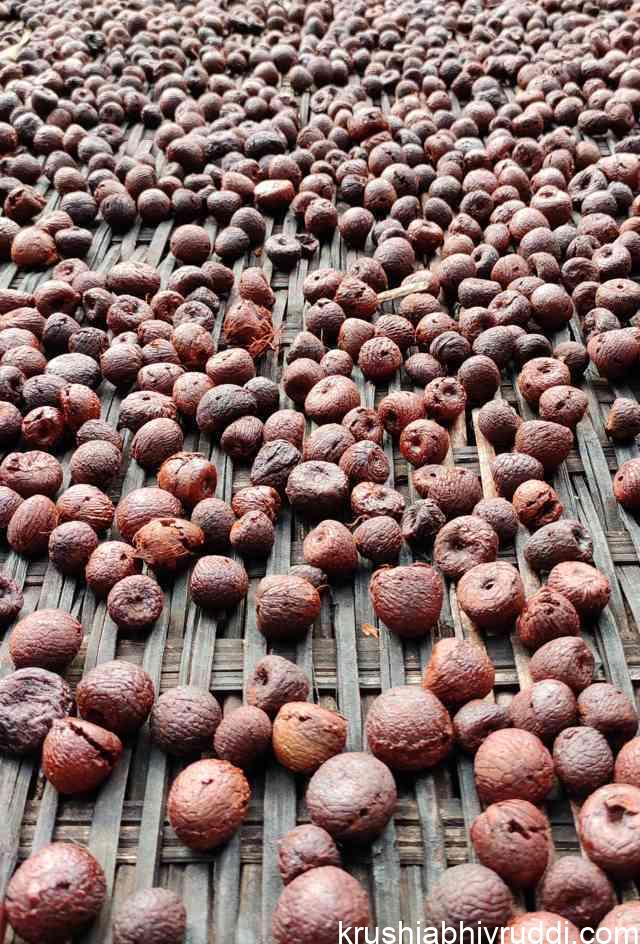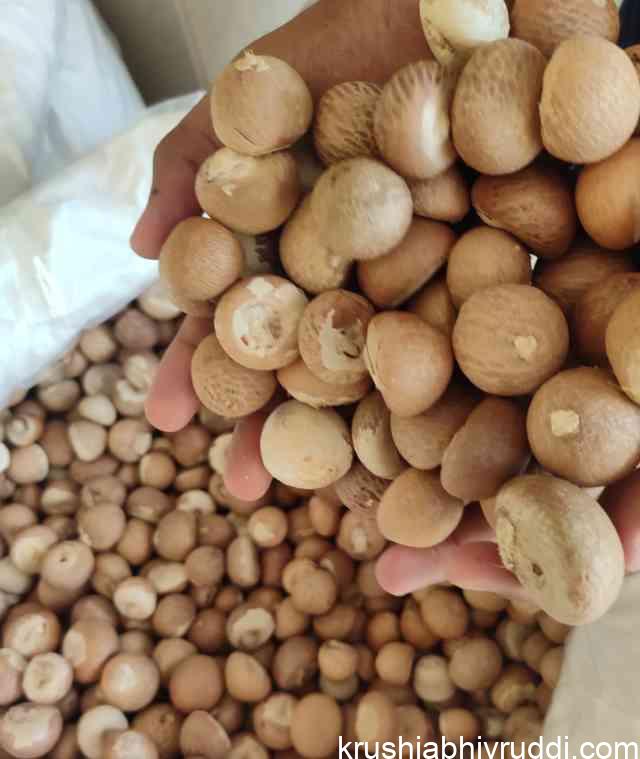Arecanut leaves are the indicators of its health and yield. The greener, vigorous leaves are very important in their all-growth phase. But this year almost all farm become yellow. Why?
In this video, we can discuss the reason for the yellowing of areca nut leaves. Everywhere we can see this situation. Now after the rain, these leaves become rotted and look more severe than in summer. Why did this happen? Many farmers don’t know the reason for this. Remedial measures were also not taken. They thought it was one type of disease. This is not a disease, it is one type of pest that becomes more severe in warm weather conditions. This year 2022-23 October onwards till June 23 we have not received any rain. Extreme hot weather conditions and lack of irrigation affected the areca nut plantations of the whole state. Some areca nut plants lost all leaves and died. Most of the leaves are yellow and dried up. So the growth of the plant will be regressed to one year. Around 50% of crop loss is expected this year because of this.
Health of Leaves:
Areca nut or any pant need sufficient leaves for their food preparation. If Photosynthesis is high the health is good. If leaves are less or damaged the photosynthesis will disturbed and it will directly affect its growth and yield. Areca nut Plants will survive in slight drought conditions but they will not resist dry weather and high temperature conditions. If any rain showers in March or April May leaves get sufficient water and they will become strong. Because of climate change, this year rain fall is very less. The tragedy of this year is less humidity in the atmosphere.
Why yellowing:
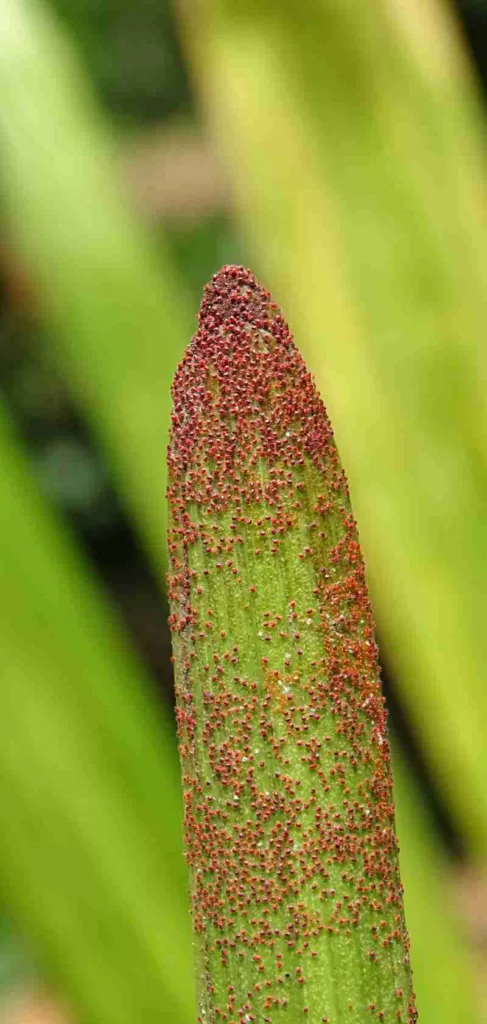
The reason for the yellowing of leaves is not a disease. It is one type of pest that suck the chlorophyll of green leaves. It is more active in temperatures above 35 degrees. This pest enters the lower leaf first. It is not a new pest. It is a common pest. But it will be controlled automatically by rain in the summer season that is pre monsoon showers. Initial symptom is yellowing of the lower leaf soon after the attack of this pest. If we rub the undersurface of the leaf, we can find the red color sticking to our fingers, Here a person shows the existence of a pest, which is not seen with the bare eye. If we neglect it in the initial stage it will spread to upper leaves up to the end leaf. If all leaves get damaged, the plant will die. Even the grown plants also die because of severe infestation. In a garden, some plants are naturally resistant, so they will not be infected.

The name of the pest is Mite. Here we show the close-up view of mites on the leaf surface. There are thousand and above numbers in a single leaf. Imagine the damage they can do! Mites are common pests in almost all plantation and commercial crops. There are red and white mites. Red mites will damage more in areca nut palms. Rarely white mites are also seen. The damage is same in both the cases But we can’t find the red color. It is common in the Jower crop.
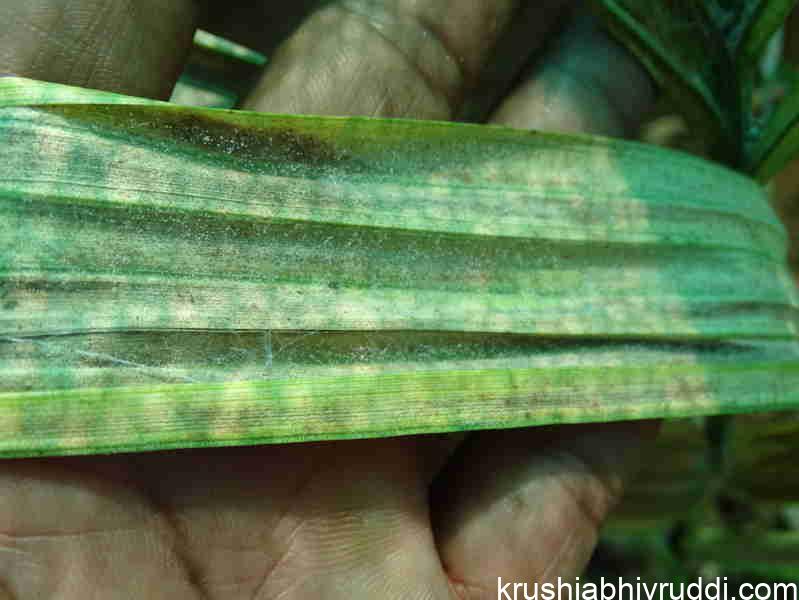
Control mesures:
In the initial stages, control of these mites is easy. The cheapest pesticide like Wettable sulfur (WS) is enough in the initial stage. Spraying 2.5 grams of W S in a liter of water to the lower leaf surface will control effectively. In severe cases, chemical pesticides are recommended.
Farmers are now observing the severity of this pest damage, because after the rain all damaged leaves become dried and rotted. It looks like a disease. So they are afraid of whether they can save the tree in the future. But It is after the effect of mite infection in summer. The new leaves are healthy. It will take around 6-7 months to become normal. So that the next year also we can lose the yield.
Farmers now concentrate upon the keen nourishment of plants. Systematic application of manures along with essential secondary nutrients like calcium magnesium and sulfur. If requires after the soil test micronutrient also. Sufficient organic nutrients are necessary for the build-up of plant strength. Balanced and split dose of manure is very important in the health management of plants. Some predators like ladybirds and spiders can be encouraged by spraying nonpoisonous pesticides. Scientists recommend 0.5% of neem oil spray and if necessary only chemical miticides like Oomite or Spiromecifin 2ml per liter of water.
In the future, farmers are advised to spray wettable sulfur in March end as a precautionary measure. Climate factors are not judged at any time. So we have precautionary care.

